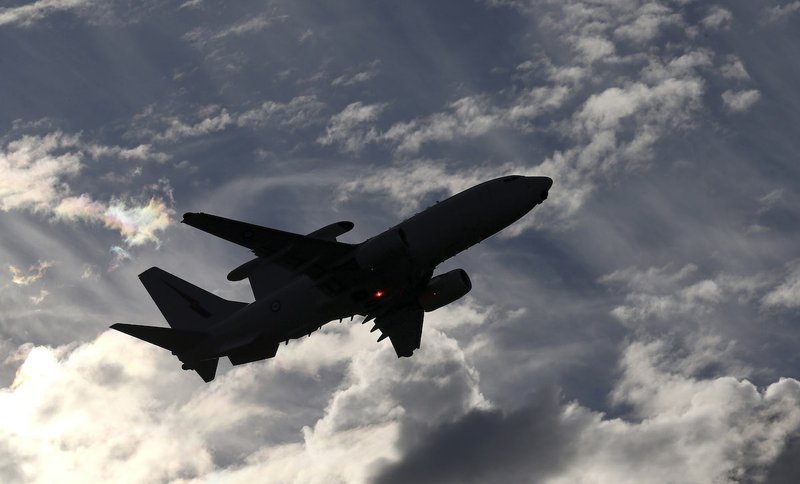PERTH, Australia — Naval vessels carrying sophisticated deep-sea black box detectors were rushing to the site of an "important and encouraging" lead in the hunt for the missing Malaysian airliner, the head of the multinational search said on Sunday.
But retired Australian Air Chief Marshall Angus Houston stressed the two electronic pulses that a Chinese ship reported detecting on Friday and Saturday had not been verified as connected to the missing jet.
China's official Xinhua News Agency reported late Saturday that the patrol vessel Haixun 01 had detected a "pulse signal" at 37.5 kilohertz— the same frequency emitted by flight data recorders aboard the missing plane — in the search area in the southern Indian Ocean.
Houston confirmed the report, and said Haixun 01 had detected a signal again on Saturday within 1.4 miles of the original signal, for a period of 90 seconds. He said that China also reported seeing white objects floating in the sea in the area.
"This is an important and encouraging lead, but one which I urge you to treat carefully," Houston told reporters in Perth.
"I (have) made clear, that these signals and the objects could not be verified as connected to the missing aircraft ... that remains the case."
Houston said the British navy's HMS Echo, which is fitted with sophisticated sound locating equipment, is moving immediately to the area where the Haixun 01 detected the signals. The Australian navy's Ocean Shield, which is carrying high-tech sound detectors from the U.S. Navy, will also travel to the area.
But Ocean Shield would first investigate a sound it had picked up from the deep ocean in a different region, he said.
He said Australian air force assets were also being deployed on Sunday into the Haixun 01's area.
The effort would work on "discounting or confirming the detections," he said.
After weeks of fruitless looking, the multinational search team is racing against time to find the sound-emitting beacons and cockpit voice recorders that could help unravel the mystery of the plane. The beacons in the black boxes emit "pings" so they can be more easily found, but the batteries only last for about a month.
Malaysia Airlines Flight 370 disappeared March 8 en route from Kuala Lumpur to Beijing, and investigators believe it veered way off course and came down somewhere in the southern Indian Ocean, though they have not been able to explain why it did so.

